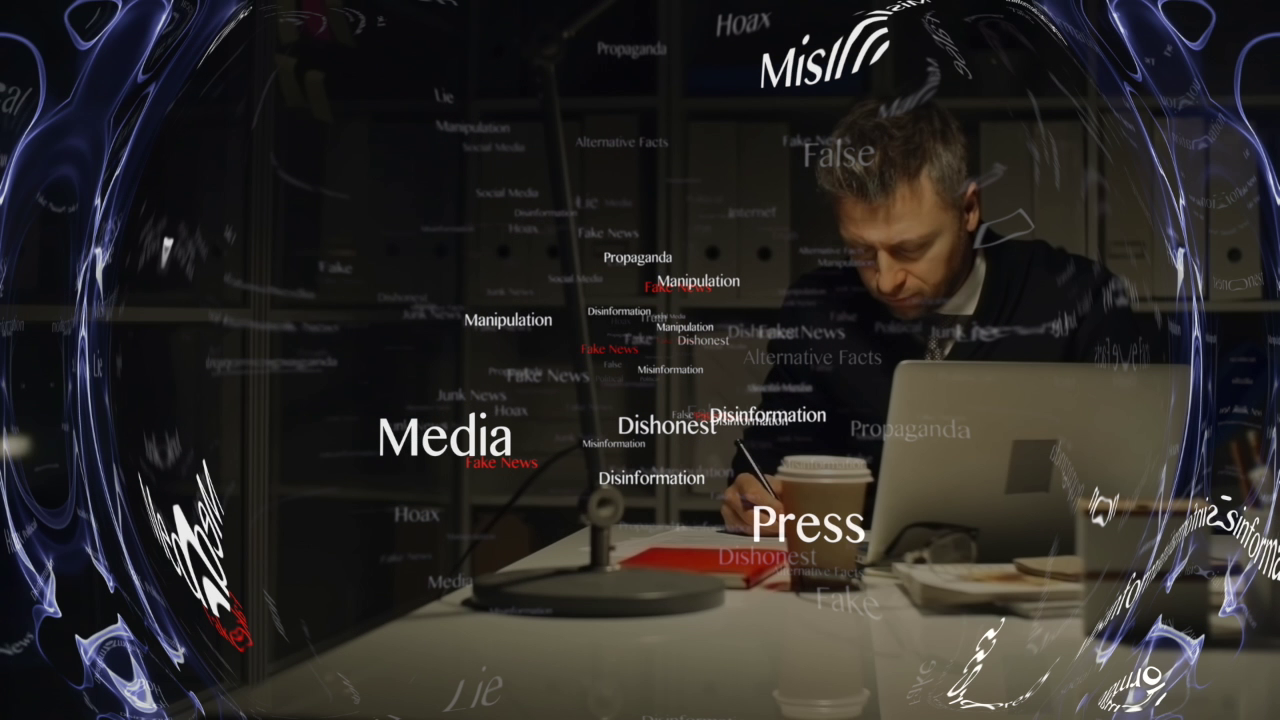CHICAGO — Consuming information in a digital echo chamber can make it easier to fall prey to misinformation and conspiracy.
“People need to be aware, just as aware of their own biases when they consume information,” said Helen Lee Bouygues, president of the Reboot Foundation, an organization focused on critical thinking and combating misinformation.
Bouygues says their research shows that while 95% of people believe they’re adept at identifying fake news, only 1% of them use tools to verify the information they’re consuming.
“There's a problem in the link between people understanding that social media is going to charge you up, and yet, people feel very comfortable that they're very capable of identifying fake news,” said Bouygues.
Two examples she points to are the January 6 insurrection and continued misinformation about coronavirus and vaccines. But she says anyone can be at risk.
“Our studies have shown that heavier use of social media, be it right-leaning or left-leaning, you're equally susceptible to fake news,” said Bouygues.
A recent study from New York University (Tandon School of Engineering) and the Université Grenoble Alpes in France found that between August 2020 and January 2021, misinformation on Facebook got six times the number of likes, shares, and interactions on the platform as trustworthy news sources did.
“There was a rumor that spread a lot on Twitter and other places that the CEO of Pfizer had actually chosen to not be vaccinated. And you can imagine how that would really resonate with people. What does that tell us about the safety of it? And that is, of course, completely false,” said ProPublica national correspondent Craig Silverman.
For more than a decade, Silverman has been reporting on online rumors, disinformation, and media manipulation. He’s the author of a series of handbooks on information verification that are available for free online.
Healthy skepticism he says is key.
“When somebody has sent you something, read it. Notice your reaction to it, whether you're instantly accepting or rejecting it,” he said. “Take a moment and ask yourself, ‘Where did this come from?’”
Silverman says there are tools you can use to verify the sources of images that may be presented inaccurately or out of context.
“You can either point to the address of an image online or upload an image to tools like Google reverse image search or a tool like TinEye or Yandex image search. And it will actually show you all the other places online that that image has been found in their database,” said Silverman.
Stopping, or at least slowing the spread of false and misleading information, is a responsibility experts say we all must shoulder.
“It's not about having to learn all these new techniques; it's about actually just being conscious of the information you're consuming and then passing on,” said Silverman.





